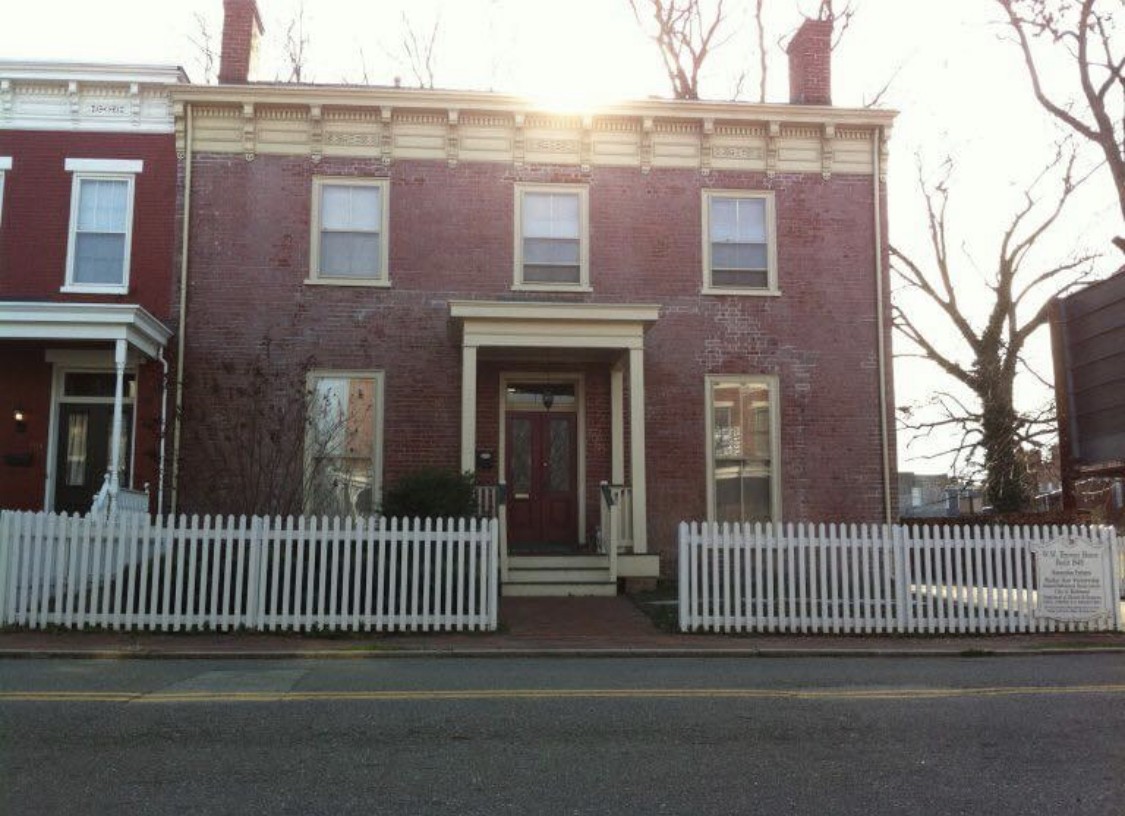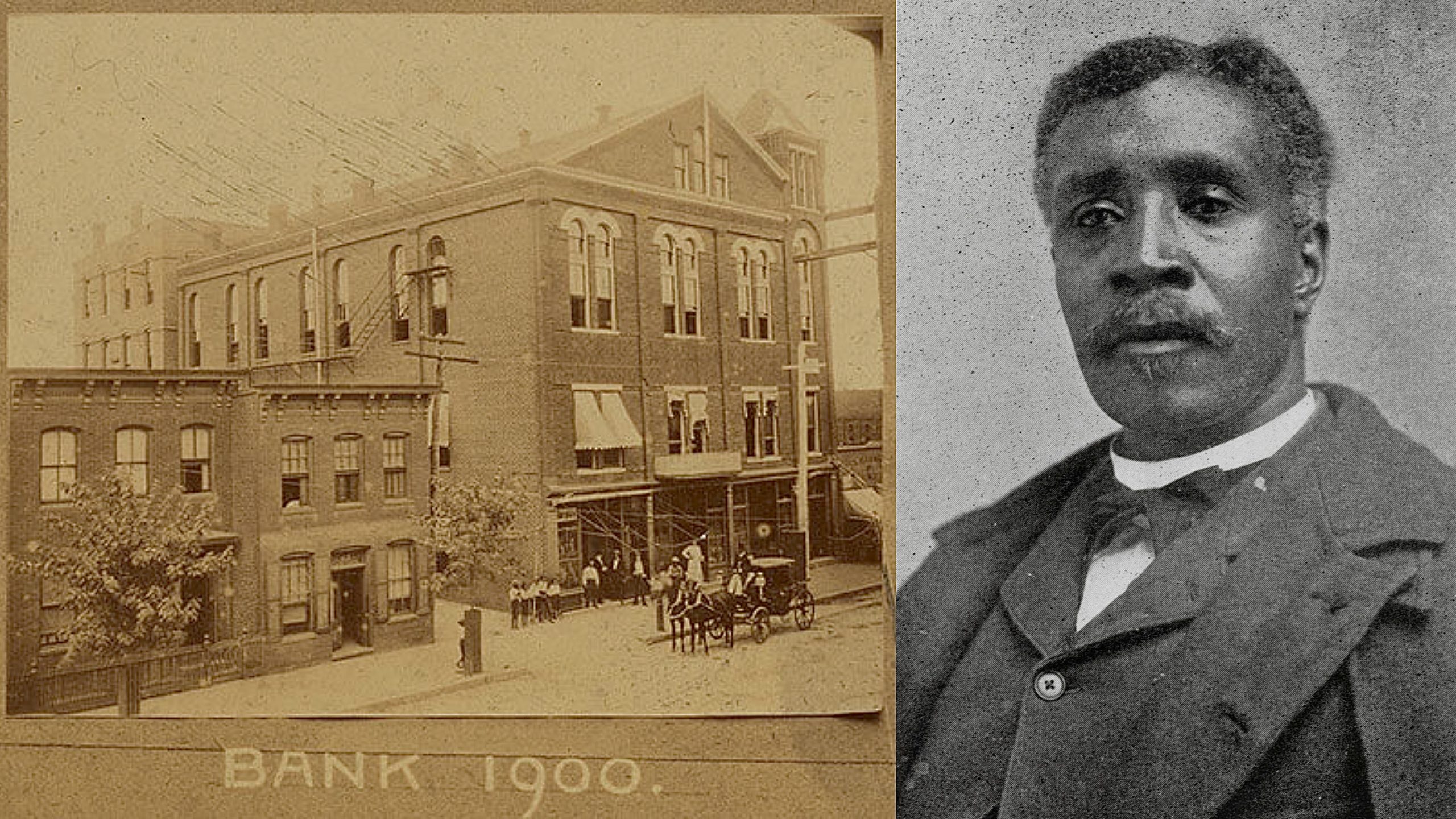Reverend William Washington Browne, a former Georgia slave, established America’s first black-owned bank. The “True Reformers Savings Bank” was the first black bank to be chartered in the United States.
The Grand Fountain United Order of True Reformers, a Black fraternal organization founded by Browne in 1849, inspired the bank’s name.
The bank was established in 1888 but did not open until the following year. On the first day, the bank received deposits totaling more than $1,269.

The bank, also known as the Savings Bank of the Grand Fountain, United Order of True Reformers, was founded in Browne’s home at 105 West Jackson Street in Richmond’s Jackson Ward district.
W.E.B. Du Bois called Browne’s Fraternal Organization “probably the most extraordinary Negro organization in the country.”
Reportedly, his bank grew and survived the 1893 economic depression, and at the time, it was the only bank in Richmond that operated fully, honoring all checks and paying out the full value of accounts.
Browne was a minister, educator, and businessman who was one of only eight men chosen to represent African Americans at the Cotton States and International Exposition in 1895, along with Booker T. Washington.
By 1907, at its peak, the bank had more than $1 million in deposits.
Browne was born enslaved to Joseph Browne and Mariah Browne on October 20, 1849, in Habersham County, Georgia. He was sold to a horse trader when he was eight years old, and it was then that he took the name William Washington. Ben was his first name.
When the United States Army occupied Memphis, Brown, then fifteen, fled and joined the Union Army during the Civil War. Following the war, he taught in Wisconsin before returning to the South in 1869 to teach in Georgia and Alabama.
In 1876, he became a Methodist minister and spearheaded the formation of groups. Browne established insurance that provided members with sick and death benefits, according to his biography.
Browne believed that by encouraging members to buy land and practice temperance and thrift, blacks in the post-Civil War South could thrive.
“Browne’s enterprising mind helped lead the True Reformers in creating and organizing a bank that became the nation’s first chartered black financial institution and a model that others, such as Maggie Lena Walker, would follow,” reported James D Watkinson.
Despite being born into slavery on a Georgia plantation, Browne rose from slavery to build a business empire.
He died in 1897, but the bank thrived after his death, expanding into a newspaper, a real estate agency, a retirement home, and a building and loan association.
New branches were opened in Kansas, and by 1900, the bank was operating in 24 states and owned property worth $223,500.
Browne’s funeral was one of the largest ever seen in Richmond’s black community.
Following his death, the bank was mismanaged by the new president, Reverend William Lee Taylor, and $50,000 was embezzled by the bank’s cashier.
Unfortunately, the bank was ordered closed by the State Corporation Commission by 1910. It is, however, remembered as the first bank owned by African Americans in the United States.
 The African History Truly African
The African History Truly African

